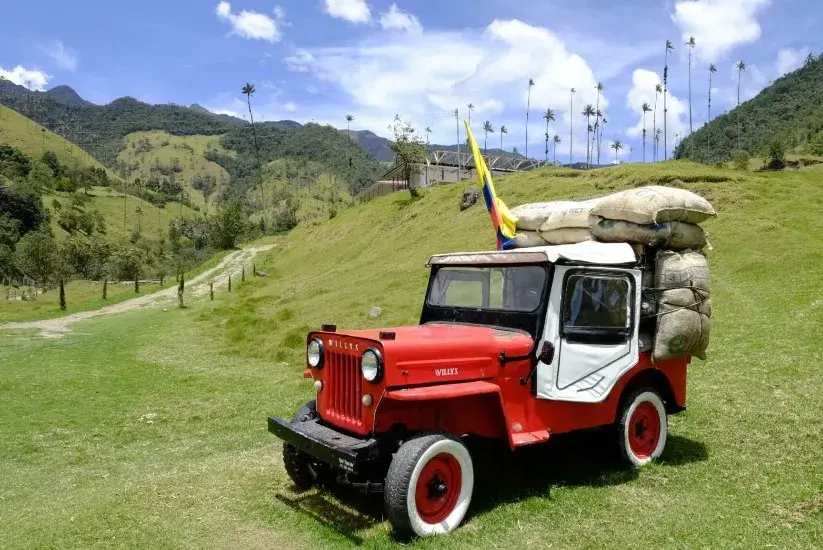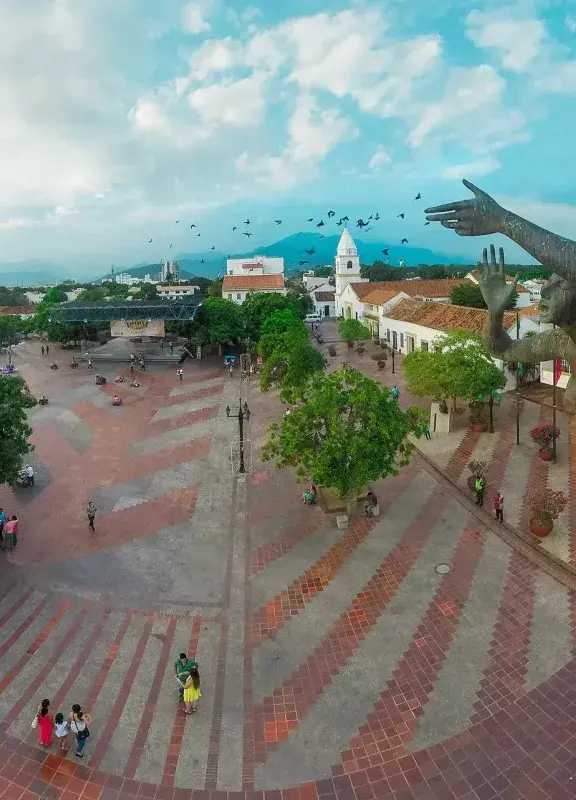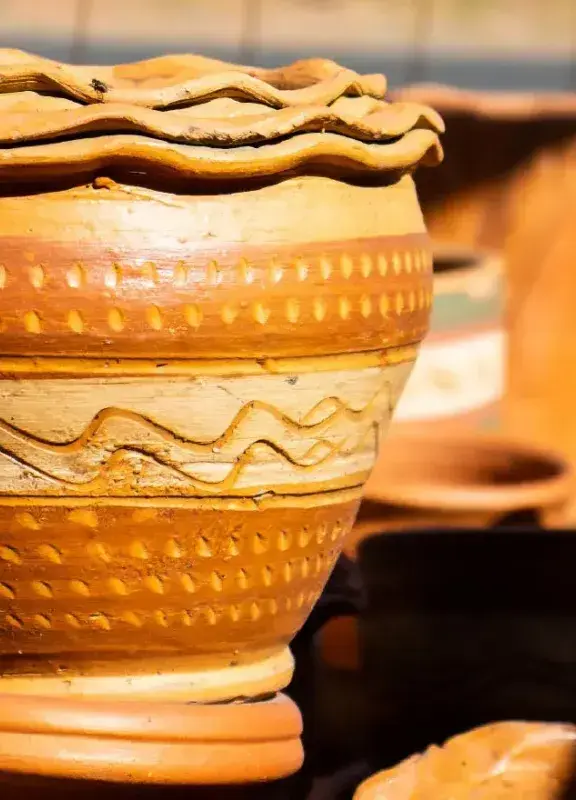Flavor, tradition, and smoothness: a journey through Colombian coffee
Colombian coffee is recognized worldwide for its smoothness and unique flavor. Learn how its cultivation is key to its characteristic quality and explore the coffee route of the country of beauty.

In Colombia, our landscapes of mountains and coffee plantations immerse us in a world of aromas, textures, and flavors that reflect the tradition of the country’s coffee regions. Colombian coffee goes beyond a drink; it is a cultural experience rooted in the nation’s history. It has also played an important role in building national identity.
If there is something Colombians are proud of, and that wins over visitors to the country of beauty, it is coffee. Every sip tells a story: that of the farmers who, with their hands, care for each bean, and that of a tradition passed down from generation to generation. In this article, we invite you to discover everything that makes Colombian coffee special.
Colombian coffee: the smoothest in the world

The country of beauty is known for producing the world’s best smooth coffee. A cup of Colombian coffee has a typical smooth and versatile flavor profile, with fragrances and tastes any coffee lover can appreciate. The properties of coffee depend on crucial factors that make it irresistible. Here are some of them.
Geography: Colombia is known for its perfect climate for growing coffee. The coffee region is located along the mountain range that runs north to south, at altitudes between 1,000 and 2,000 meters above sea level, which benefits the coffee production process, offering different varieties.
Soil: Soil is a fundamental factor for achieving high-quality planting since growth speed and tree development depend on it. The richer the soil is in nutrients, the better the cup of coffee.
Shade: Partial shade helps produce better coffee. More than half of Colombia’s coffee plantations are grown under shade.
Planting and harvesting process: Colombia’s topography means that coffee is mostly planted on slopes and harvested by hand. When coffee trees are between 540 and 600 days old, the first flowering occurs. Within three to four months, the first ripe fruit appears.
All these characteristics are part of the Colombian coffee planting process and are key to the harvest results. Its high-quality cultivation makes it a leader among many countries, thanks to geographical and environmental features, as well as the hands of our coffee growers, whose dedication and care are essential to achieving this excellence.
From bean to cup: a coffee journey through some regions of the country of beauty

Colombian Western Andes
In this coffee journey, we head to the department of Antioquia, in the Colombian Western Andes, which offers coffee with a fruity aroma, medium acidity, and a balanced medium body. Coffee from this region is known for being smooth with sweet notes.
The Colombian Western Andes are a landscape of majestic mountains with the scent of coffee, adorned by the famous coffee farms. Here, Colombian coffee culture can be felt in every corner, and every cup reflects the effort and dedication of farmers who have turned coffee into an art that connects those who taste it with the essence of a region rich in culture and nature.
Colombian Eastern Andes
In the Colombian Eastern Andes, specifically in Santander, there is a type of Colombian coffee with a pronounced aroma, medium acidity, and a balanced medium body. It is characterized by herbal notes, perfect for any time of day.
Every cup of coffee in Santander invites you to enjoy the richness of its landscapes and its tradition. This coffee is the ideal companion for a good breakfast or afternoon snack and connects everyone with the very essence of the region.
Colombian Massif
The department of Cauca, located in the Colombian Massif, is an ancestral land full of natural wealth. Here, Colombian coffee is grown in small plots by rural, Indigenous, and Afro-descendant communities. Coffee from Cauca has an intense aroma and medium acidity, along with other characteristics that make it irresistible to those who try it.
Another department in the Colombian Massif renowned for its coffee is Huila. This coffee has a “Denomination of Origin” and is known for its balanced overall impression, sweet notes, medium-to-high acidity and body, as well as intense fragrance and aroma with fruity and caramelized sensations. What makes Huila coffee special is not only the richness of the land where it is cultivated, but also the hands involved in its production.
Drink it your way

Some prefer a “tinto,” others a “perico.” Some like it with more sugar, others with less milk. The truth is that Colombian coffee is a tradition enjoyed in whichever way each person prefers. Each preparation has its own process: from the farmer who grows the beans to the person who savors each sip.
Thus, our journey comes to an end, but not without first inviting you to explore our regions and their rich coffee traditions. These places, carrying the legacy of generations, are a testament to the effort, love, and passion devoted to cultivating top-quality coffee, reflecting Colombian culture and warmth.
 Welcome, you are in
Welcome, you are in 













